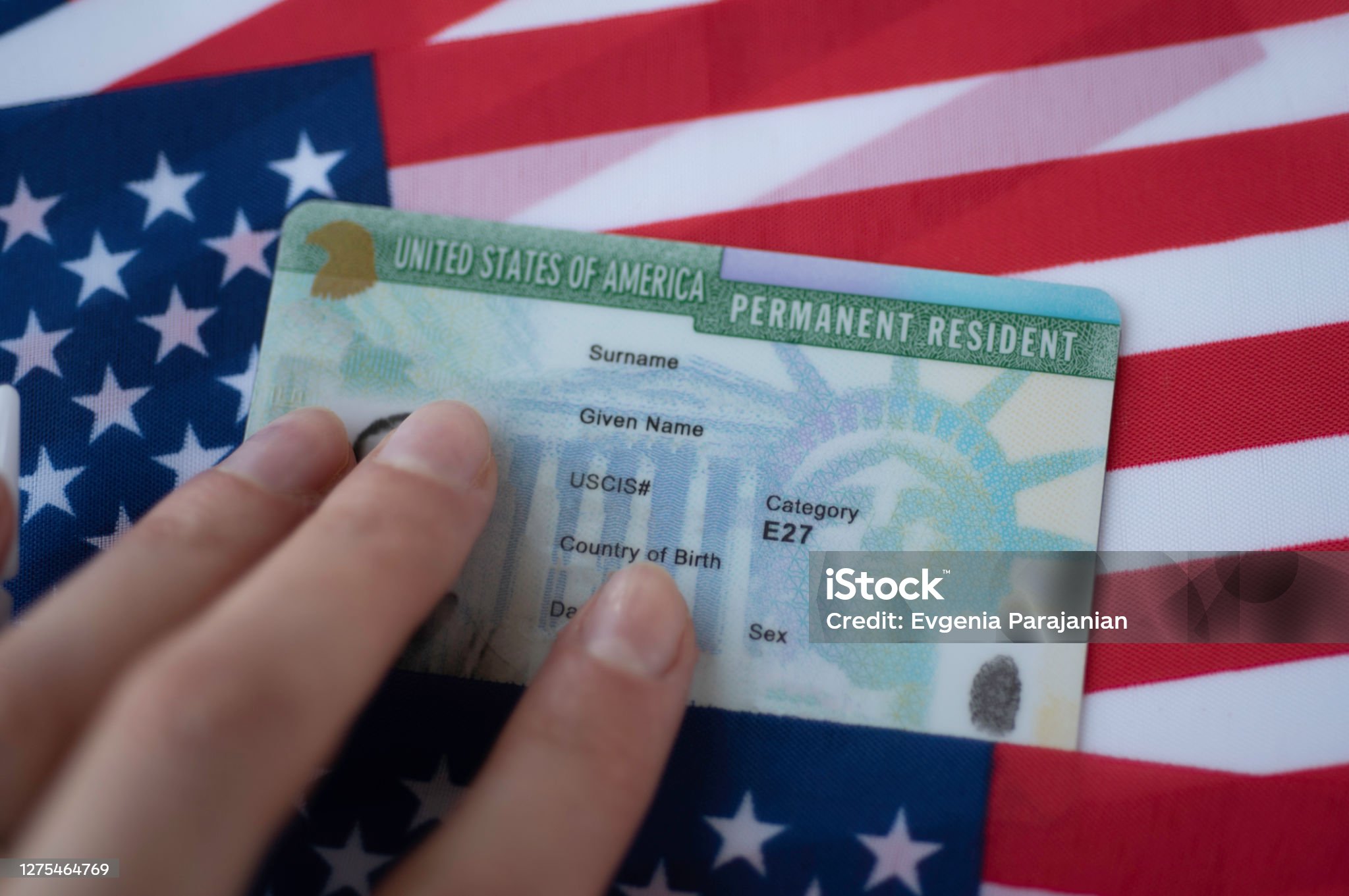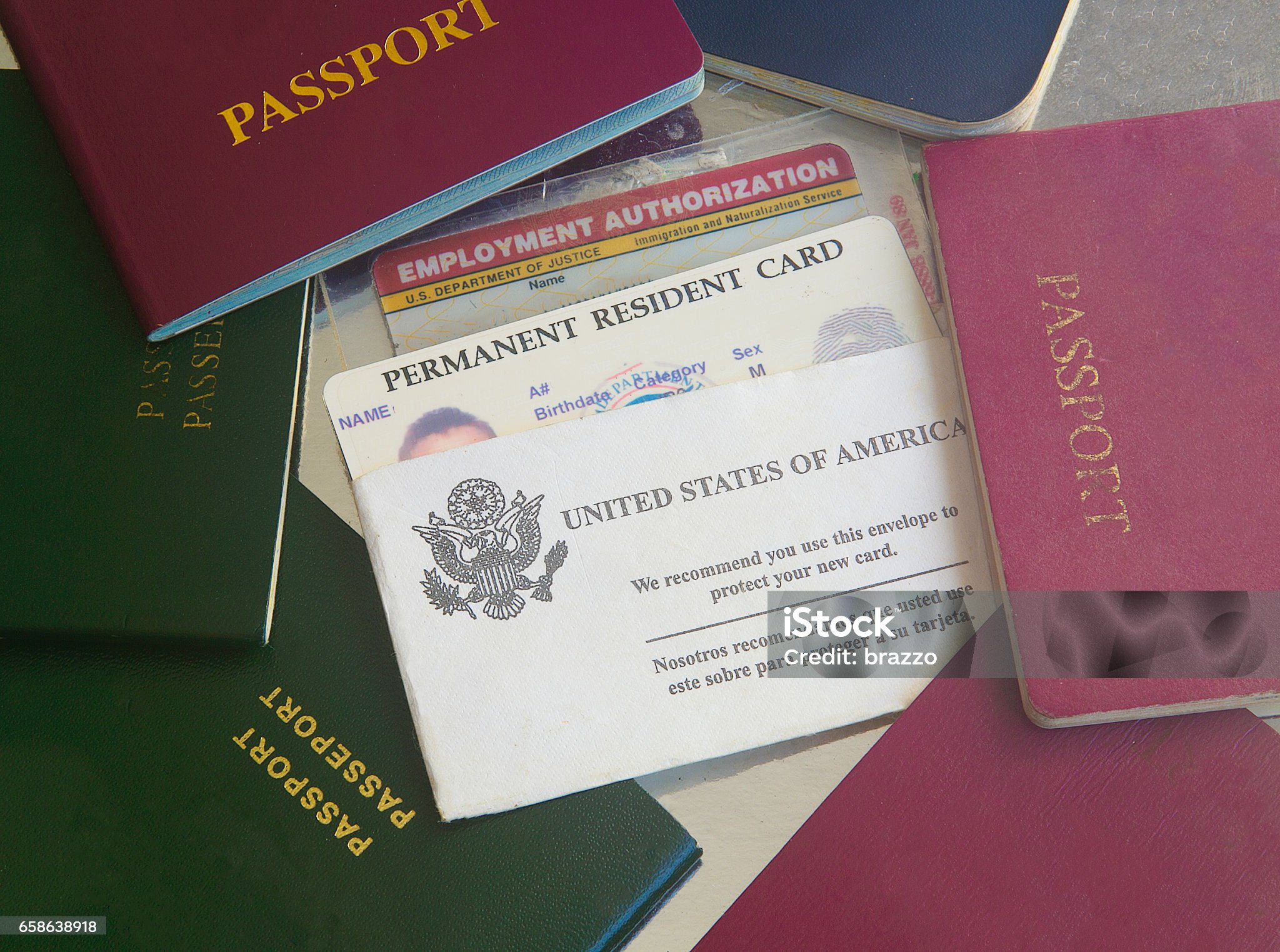A Comparative Analysis about Resident Permit plus Identification Standards Globally
A Comparative Analysis about Resident Permit plus Identification Standards Globally
Blog Article

1. Introduction to Personal Identification Documents
Personal identification documents hold great importance from both personal and social perspectives. Serving as "permissions" and "access tools," these documents ensure smooth societal operations. There are different kinds of identification documents, each serving a specific purpose. For example, a copyright serves as proof that a person can legally drive, and a copyright proves citizenship and allows entry into the country. These documents are highly valuable on a personal level and play a crucial role in the transaction of contracts, for example, when applying for a job, accessing services, purchasing insurance, or renting a vehicle. Often, financial institutions may need to verify these documents when dealing with borrowers who appear unreliable or have poor credit histories. Such identification serves dual purposes: proof of identity and legal authorization for various activities.
Identification documents weren't always as integral to daily life as they are in modern times. The importance of these documents has grown alongside changes in security measures and legal requirements. Advances in information technology allow organizations to create highly secure systems that surpass the ID technologies accessible to the public. Many countries are in the process of standardizing their IDs with biometric technology. A few countries have already put electronic exit systems into practice.
Personal identification documents act as formal proof of legal status. Globally recognized identification forms, such as passports, copyright, copyright, and driver's licenses, are considered valid at both national and international levels. People often keep these important identification papers safely secured so that they can retrieve them easily when necessary.
This discussion focuses on the importance and legitimacy of documents like the IDP, Real ID, copyright, copyright, copyright, and resident permits to raise awareness about their significance. Educational staff and the general public should know about them, and this information might be useful in preventing loss or regaining these documents. This information is intended for both domestic and international readers to ensure they do not miss the most important documents they need for their own knowledge and ideals.
2. Legal Framework and Regulations Governing Identification Documents
The governance of identification documents is subject to varying laws and regulations across different jurisdictions. Documents are issued directly to individuals by an issuing authority and under specific guidelines and rules intended to keep the integrity and accuracy of the document. These documents can be compulsory in some cases and allowed as verification and/or validation in others. The individual must comply with the regulations for the jurisdiction where the document is intended to be used. In conclusion, individuals must comprehend the legal rules that pertain to their intended use of identification documents within any jurisdiction where they expect to act. Primarily, local and state government bodies regulate, issue, and control the use of certain identification documents for particular transactions.
However, jurisdictional identification requirements can sometimes create conflicts for those traveling or doing business internationally. It is, therefore, a global concern when people experience confusion or alienation when traveling internationally due to a lack of understanding of identification document rules. It would be impossible to detail every country’s specific identification rules here, but it is important to know, that with nearly 200 countries and billions of global inhabitants conducting international trade and business, understanding identification requirements is vital. Failure to follow these rules may result in legal conflicts in foreign countries, where international reciprocity must then be considered. Failure to comply could cause legal implications, both civil and criminal, by infringing on laws about identity, privacy, commerce, trade, and human rights.
Public policies and protected rights can sometimes clash when creating security regulations for travel IDs. That is, human rights may conflict with public policy on the tightest, most secure identification and documentation required to combat terrorism. Finally, within the last five years, because of the advent and recognition of using digital mobile driver licenses, countries have either clarified their laws on this or started to draft regulations and laws to govern their usage beyond just technology, which is a moving target. Digital identification documents for travel have been held up as the next path for moving the world travel community. Despite the shift towards mobile driver’s licenses, the use of passports is expected to persist well into the future. 
The standard and evolution of mobile driver licenses and digital ID is occurring too. Take California as an example: roughly two years after the state passed its mobile copyright legislation, stakeholders are nearing agreement on the formal regulations for California's first mobile copyright.
3. Comparative Analysis of International Driver’s License, Real ID, copyright, copyright, copyright, and Resident Permit
The International Driver’s License acts as an identification document for those driving abroad The International Driver’s License was never developed by the UN or international organizations as a travel facilitation tool between countries.
The Real ID is primarily used as an ID for boarding domestic flights, in line with state driver’s licenses and ID cards that meet national criteria. In addition to domestic travel, the resident permits Real ID can be used to enter federal sites and nuclear plants. However, the Real ID is not a travel document, copyright, visa, or resident permit. Even though some individuals may use the Real ID abroad for personal identification or date of birth purposes, its main function is for domestic use.
More specifically, passports are in the United States a form of original rather than derived identification. Passports are designed to protect citizens traveling internationally and to facilitate participation in non-mandatory diplomatic meetings or treaty discussions. This is the copyright’s formal and administrative role. Of course, the copyright can also be used for bureaucratic or private matters. To travel internationally, or even regionally in some cases, travelers need more than just a copyright; they must also satisfy several other criteria.
The copyright is an official document provided at birth, which is necessary to obtain passports and other types of identification. When comparing the two, copyright and passports may seem to have the same general function. That said, a copyright carries additional long-term benefits. Also, even if used to obtain a copyright, a copyright cannot lead to obtaining a “second copyright”. It is irrelevant to the second copyright unless the traveler is planning to take on an illegal second nationality.
4. Security Elements and Fraud Prevention in Identification Documents
Several security measures are in place to prevent the counterfeiting, modification, and fraudulent usage of identification documents. Many identification documents integrate security elements like holographic images, multi-layer visuals, and laser engravings to prevent fraud. Some ID cards also incorporate RFID chips, which store digital images and biometric information to boost security.
Many security features are either hidden or semi-hidden, such as special inks, watermarks, or microtext. Such security features are designed to make identification documents highly resistant to counterfeiting. 
Typically, the security level of an identification document needs to match the trust or authority level it represents. copyright security features, for example, need not be as robust as those on a copyright, since the copyright is used for travel and the copyright is used mainly domestically.
Technological progress has enabled the development of increasingly complex security features for identification cards. Actively promoting and adopting new security technologies is crucial to staying ahead of those attempting to copyright or commit fraud with ID documents.
Additionally, constantly assessing existing and new security features and issuance techniques is critical. This ensures that these features stay ahead of evolving threats that could undermine document security.
Furthermore, an effective anti-fraud document security program needs to employ both proactive and reactive strategies. Proactive measures can include workshops, public service announcements, educational outreach, and security conferences.
5. Conclusion and Future Trends in Identification Document Technology
This article examines the diverse forms of identification documents found around the world. It is important to see ID not only from the point of view of the technical level (multiple security features, function to verify, government and issuance bodies that could verify, etc.), but also from a legal standpoint, focusing on how these documents hold up in courts for verification.
My research highlights varying perspectives on what constitutes a strong identification document and how its value as a verification tool changes depending on where it’s utilized. Additionally, ethnographic research could offer insight into how different cultures define what constitutes a reliable identification document. Comparative work also offers understanding of the differences in document legitimacy, even among countries with comparable political, economic, and social frameworks.
Future trends in identification documents are being transformed by new digital and technological advances. Technology is continuously boosting the CV and service offering of standard secure documents such as eIDs to follow the adoption of mobile phones. The main landmarks in this new convergence are biometrics and blockchain used as distributed ledgers.
The use of biometrics, particularly with “liveness” detection, will ensure accurate identity verification through real-time data collection, eliminating the risk of digital identity theft. It will go beyond our basic human rights recognized by international law and several constitutions. This access must remain as private as possible and the subject of consent.
Digital identity systems might contribute to exclusion, particularly for individuals who do not have easy access to digital identification systems. Many people do not have the means to access digital identities, which can be problematic. A so-called “identity gap” is being discussed as a result of technology, which has created disparities in access to identity verification for different areas of life.
Digital identity systems should be more systematically compared with physical identification documents. Besides verifying identities, digital identity systems also play a role in evaluating risk for a range of transactions. There should be more systematic research to see how offline verification rights can be applied in the context of digital identification systems.